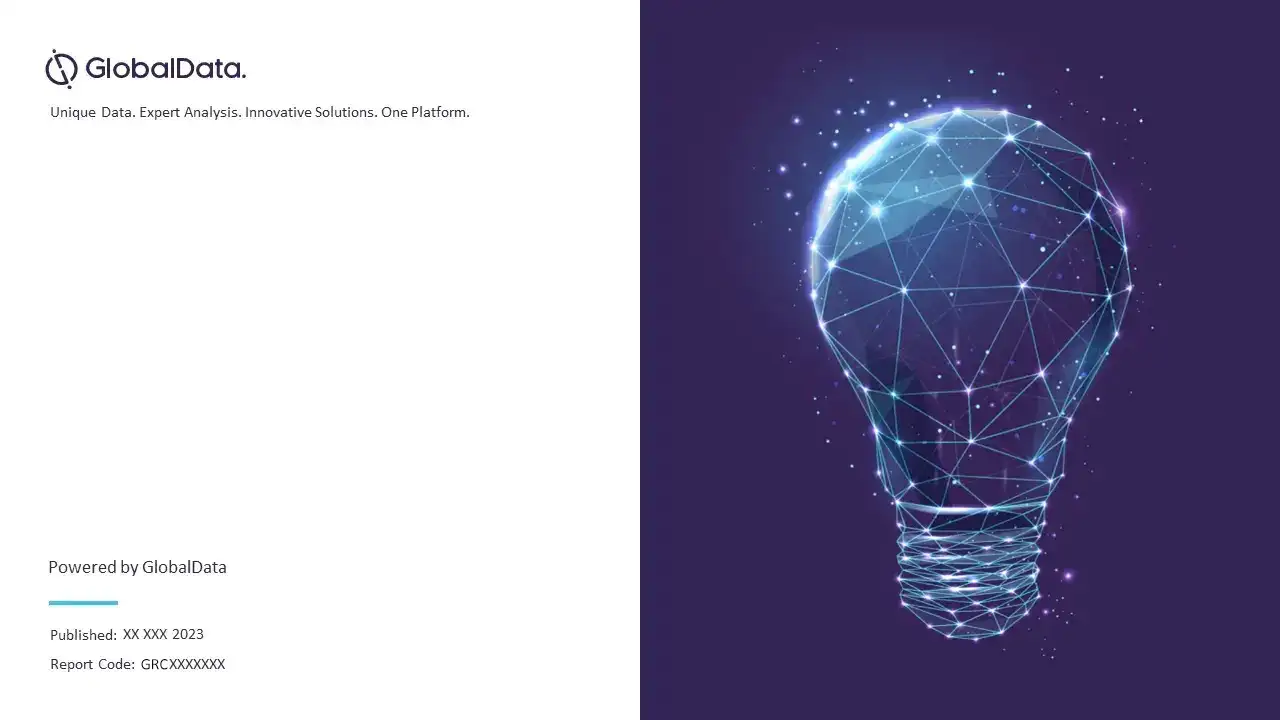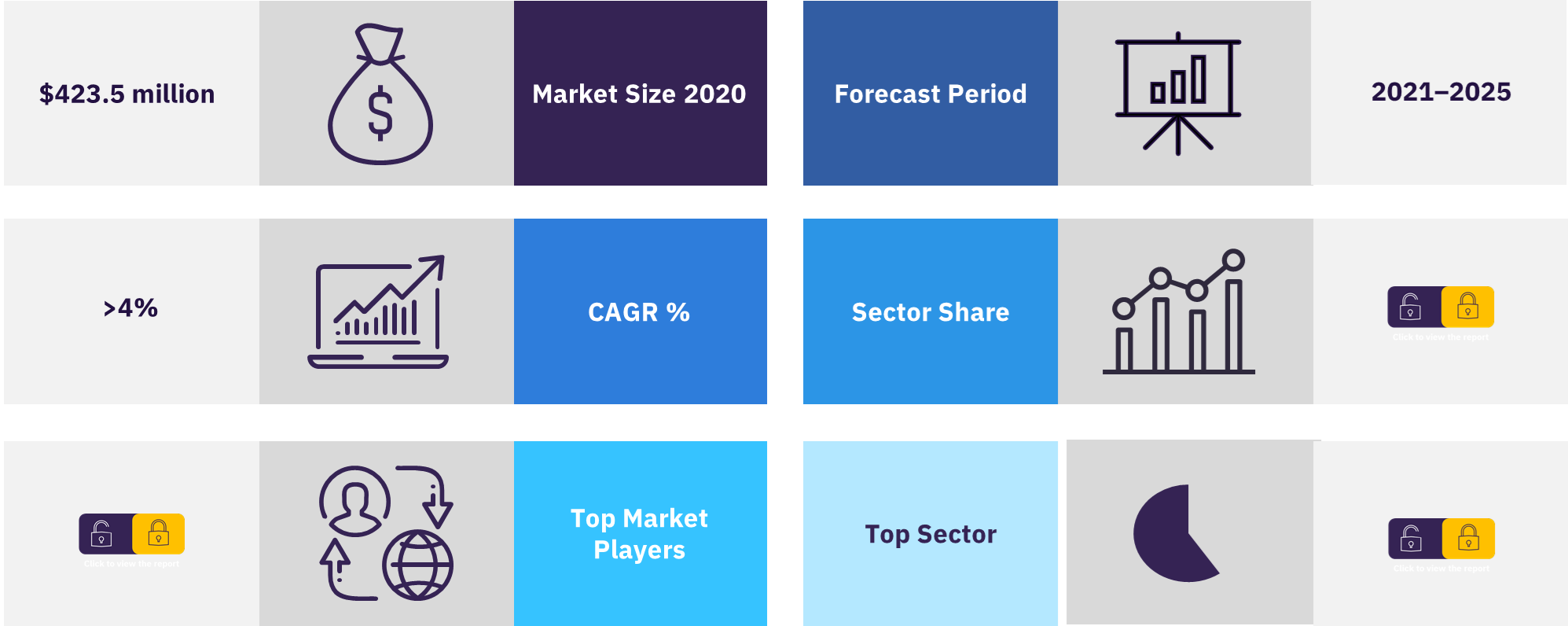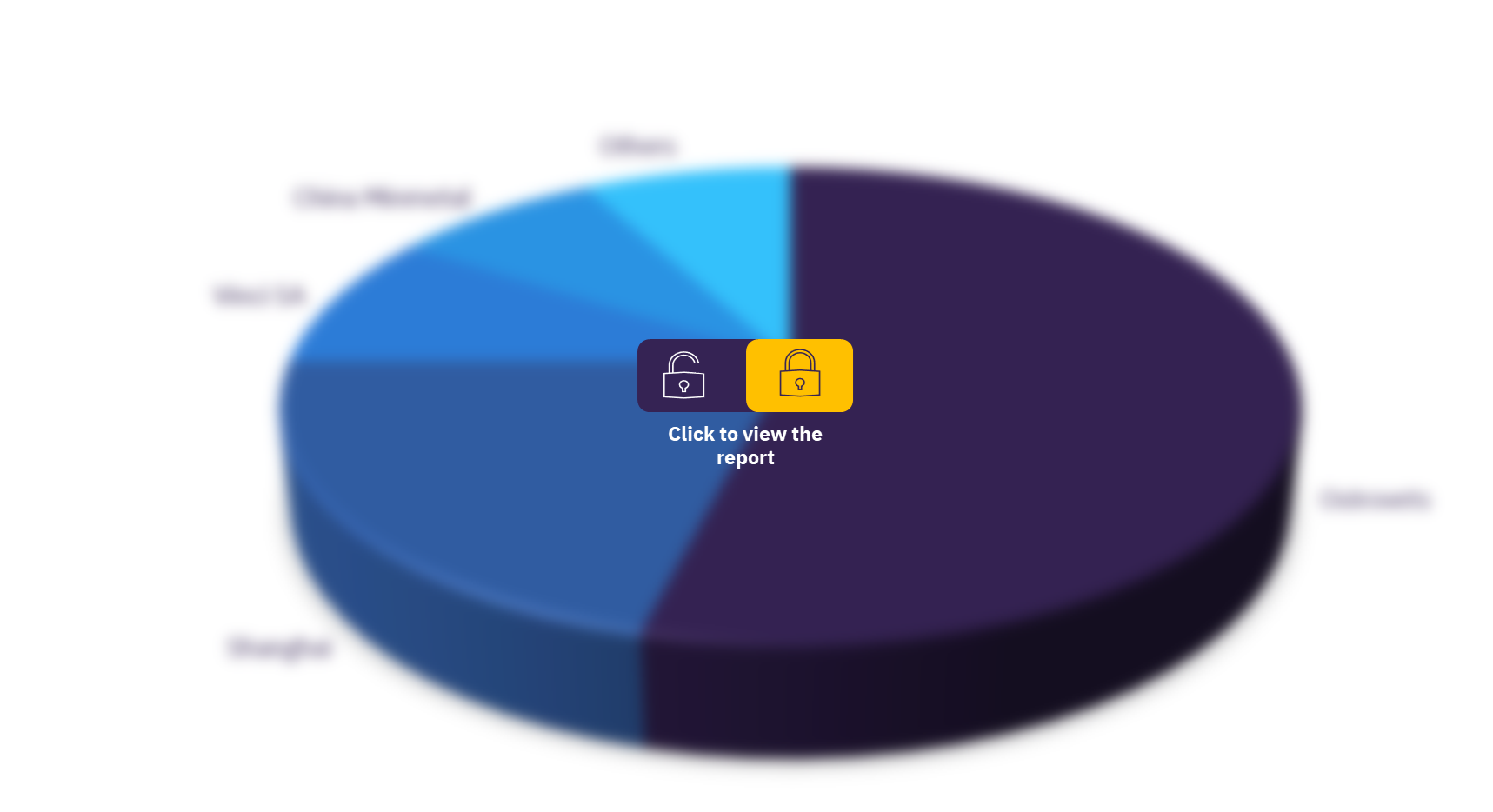Hypoglycemia Drug Market Size, Company Share, Trends Analysis and Forecast 2021-2030
Powered by ![]()
All the vital news, analysis, and commentary curated by our industry experts.
The hypoglycemia drug sales have been valued to $423.5 million across the 7MM in 2020 growing at a CAGR of more than 4%. The US has contributed more than 90% of the sales that is primarily due to the significantly higher prices of glucagons in the US, a relatively high diagnosed prevalence of type 1 diabetes (T1D) and high incidence rate of post-bariatric hypoglycemia (PBH). The next largest individual markets are Italy and Germany. Therefore, altogether the 5EU countries make up to more than 5% of the total market. Japan is found to be the lowest, with its low historic prescription rate of glucagon.
The hypoglycemia growth has been augmented by the increase in T1D prevalence, as well as the increased uptake of second-generation glucagons and the launch of dual-hormone pump systems that are compatible with liquid-stable glucagons. The launches of these products will offset the drop in sales caused by the relative decrease in incidence of severe hypoglycemia as the adoption of glucose monitors increases.
In addition, the forecast period will see the launch of the first treatment to directly address PBH. As this is a targeted treatment, it will be able to generate a significant market share and will ultimately drive the growth of the market. The report will cover the seven major pharmaceutical markets (7MM)- The US, 5EU (France, Germany, Italy, Spain, and the UK), and Japan during the forecast period.
Overview of the hypoglycemia drugs market
For more insights on this report, download a free report sample
What are the market dynamics and market barriers for the hypoglycemia drug market?
The major drivers of the growth within the hypoglycemia drugs market includes the: significant increase in T1D diagnosed prevalence, uptake of second-generation glucagons both as nasal and liquid-stable formulation and the launch of the first treatment for post-bariatric hypoglycemia.
The major barriers to the growth of the hypoglycemia market will include: the increasing prioritization of hypoglycemia prevention, and the development of targeted treatments that address the etiology of hypoglycemia, the increase in glucose monitors, which will decrease the incidence of severe, or drug-treated, hypoglycemia, the increasing pressure of cost-effectiveness across all markets, which will continue to pose a barrier to the reimbursement of novel glucagons.
What is the country-based hypoglycemia drug trends in the market?
Diagnosed incidence of hypoglycemia attributed to type 1 diabetes
In 2020, the UK had the highest diagnosed incidence with 29.65 cases per 100,000 population, while Spain had the lowest diagnosed incidence with 2.15 cases per 100,000 population. There were overall decreasing trends in the diagnosed incidence of hypoglycemia attributed to T1D in the US and Italy, and a less pronounced decrease in Japan. In the UK, there was a substantial overall increase in incidence across the forecast and these patterns were being driven by the corresponding trends in T1D incidence in each market.
Diagnosed incidence of hypoglycemia attributed to type 2 diabetes
In 2020, Germany had the highest diagnosed incidence while Japan had the lowest diagnosed incidence. In Germany and France, incidence trended downward during the first part of the forecast, before increasing again beginning in 2018 and 2022, respectively. Incidence decreased across the forecast in the US, from 244.32 cases per 100,000 population in 2010 to 161.42 cases per 100,000 population in 2030. In the UK, the incidence of hypoglycemia attributed to T2D increased across the forecast and these patterns are driven by the corresponding trends in T2D incidence in each market.
How many hospitalized severe incident cases of hypoglycemia are attributed to T1D?
Among severe cases of hypoglycemia attributed to T1D, there were 652 hospitalized incident cases of hypoglycemia. The US contributed the most of any market with 469 (71.93%) hospitalized cases, while Spain contributed the least with seven (1.07%) cases.
How has the global COVID-19 pandemic impacted the hypoglycemia drugs market?
People with T1D or T2D are more likely to become severely ill from COVID-19. Additionally, the COVID-19 pandemic has negatively impacted routine diabetes management and access to care. However, the extent of the COVID-19 pandemic’s impact on hypoglycemia is currently unknown.
What are the key players in the hypoglycemia drugs market?
Since the launch of glucagon therapies, Eli Lilly and Novo Nordisk have single-handedly dominated the glucagon market. Companies such as Eli Lilly, Novo Nordisk, Xeris Pharmaceuticals, Fresenius Kabi, Amphastar Pharmaceuticals, are found to be the major players for the Hypoglycemia drugs market. Furthermore, Eiger BioPharmaceuticals, Zeal & Pharma companies will be future players in the Hypoglycemia Drugs Market.
Hypoglycemia drug market, by key players
For more insights, download a free report sample
Market report scope
| Market size
(Year – 2020) |
$423.5 million |
| Growth rate | CAGR of >4% from 2021 to 2025 |
| Base year for estimation | 2020 |
| Market segments by country | The US, France, Germany, Italy, Spain, the UK and Japan |
| Forecast period | 2021–2025 |
| Key players | Eli Lilly, Novo Nordisk, Xeris Pharmaceuticals, Fresenius Kabi, Amphastar Pharmaceuticals, Eiger BioPharmaceuticals and Zeal and Pharma |
Scope
This report provides a comprehensive analysis of the Hypoglycemia Drug market-
- Overview of hypoglycemia including epidemiology, disease etiology and management.
- Topline hypoglycemia drugs market revenue (including off-label adjunct therapeutics used for metabolic benefits), annual cost of therapy, and anticipated sales for major late-stage pipeline drugs.
- Key topics covered include assessment of current and pipeline therapies, unmet needs, current and future players and market outlook for the US, 5EU, and Japan over the 10-year forecast period.
- Pipeline analysis: Emerging novel trends under development, and detailed analysis of late-stage pipeline drugs.
- Analysis of the current and future market competition in the global hypoglycemia therapeutics market. Insightful review of the key industry drivers, restraints and challenges.
Reasons to Buy
- Develop and design your in-licensing and out-licensing strategies, using a detailed overview of current pipeline products and technologies to identify companies with the most robust pipelines.
- Develop business strategies by understanding the trends shaping and driving the global hypoglycemia therapeutics market.
- Drive revenues by understanding the key trends, innovative products and technologies, market segments, and companies likely to impact the global hypoglycemia market in the future.
- Formulate effective sales and marketing strategies by understanding the competitive landscape and by analyzing the performance of various competitors.
- Identify emerging players with potentially strong product portfolios and create effective counter-strategies to gain a competitive advantage.
- Track drug sales in the global hypoglycemia therapeutics market from 2020-2030.
- Organize your sales and marketing efforts by identifying the market categories and segments that present maximum opportunities for consolidations, investments and strategic partnerships.
Eli Lilly
Zealand Pharma
Xeris Pharmaceuticals
Eiger Biopharmaceuticals
Fresenius Kabi
Amphastar Pharmaceuticals
Fuji Pharma
Kaigen Pharma
Table of Contents
Table
Figures
Frequently asked questions
-
What is the value of the hypoglycemia drug market in 2020?
The hypoglycemia drug market was valued at $423.5 million in 2020.
-
What is the growth rate of the hypoglycemia drug market?
The hypoglycemia drug market is projected to grow at a CAGR of more than 4% during the period 2021-2025.
-
What are the key countries in the hypoglycemia drug market?
There are seven major pharmaceutical markets (7MM) covered in this report: the US, 5EU (France, Germany, Italy, Spain, and the UK), and Japan.
-
Who are the key market players in the hypoglycemia drug market?
Eli Lilly, Novo Nordisk, Xeris Pharmaceuticals, Fresenius Kabi, Amphastar Pharmaceuticals, Eiger BioPharmaceuticals and Zeal and Pharma are the key market players in the hypoglycemia drug market.
Get in touch to find out about multi-purchase discounts
reportstore@globaldata.com
Tel +44 20 7947 2745
Every customer’s requirement is unique. With over 220,000 construction projects tracked, we can create a tailored dataset for you based on the types of projects you are looking for. Please get in touch with your specific requirements and we can send you a quote.
Related reports
View more Metabolic Disorders reports









